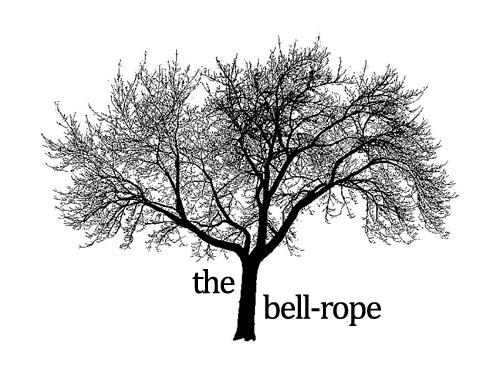The movie falls into the perennial category of the biopic, a genre that all but promises to show us the hero's highest and lowest moments, his worst humiliations and his most private epiphanies. We see all of these, but still the camera returns to his back again and again, reminding us, maybe, that we are no closer to the man than the spectators who line his ring. We see him, in a long unbroken shot, walk from the staff bathroom of a grocery store through a depressing series of rooms and staircases to arrive at an open doorway: the portal to his new life behind the deli counter. This scene, powerful in itself, gains in significance when placed in the context of another, famous scene: the long unbroken shot in Scorcese's Goodfellas that follows Henry and Karen past the long line outside a nightclub through a back door, down a long staircase and right to the edge of the stage, the best seat in the house. Henry is a new initiate into the mafia, and here the camera shows us the ease with which things fall out of his way, the peripherality of the world when Henry and his girl are at its centre. In The Wrester, the walk becomes a long, anonymous descent into shame.
We see, maybe, things that his fans don't see - this moment, his many rejections at the hands of the few he cares to love, or thinks he loves - but does this mean that we know him? Almost all movies are based on the premise that we will understand and feel that we know these characters enough to care about what happens to them; this is both an explicit goal of writers (make your characters real) and a draw for audiences. But if we think of these characters as real people, as we are meant to, then isn't there something arrogant at the heart of the whole enterprise, that we can enter a theatre for two hours and say that we know the full measure of another person? We see what we are meant to see, but this does not mean that we know, and above all we have not gained the right to say we deserve to know.
Why should the wrestler tell us more than we need, or more than he wishes to divulge? The ending of The Wrestler cuts us off at a point where we may most want to know more, and this, understood along with the movie's opening scenes, becomes the source of its incredible poignancy and emotional power. For however involving a movie may be that shows us a character's naked interior, far more involving is a movie whose central character holds something back, out of dignity and pride. For the first time, the act of leaving the theatre felt, to me, somehow genuine - we do not know this man, we have only encountered him, and now we all exit our seats and return to our own, private lives, knowing little more than we did when we entered.

No comments:
Post a Comment